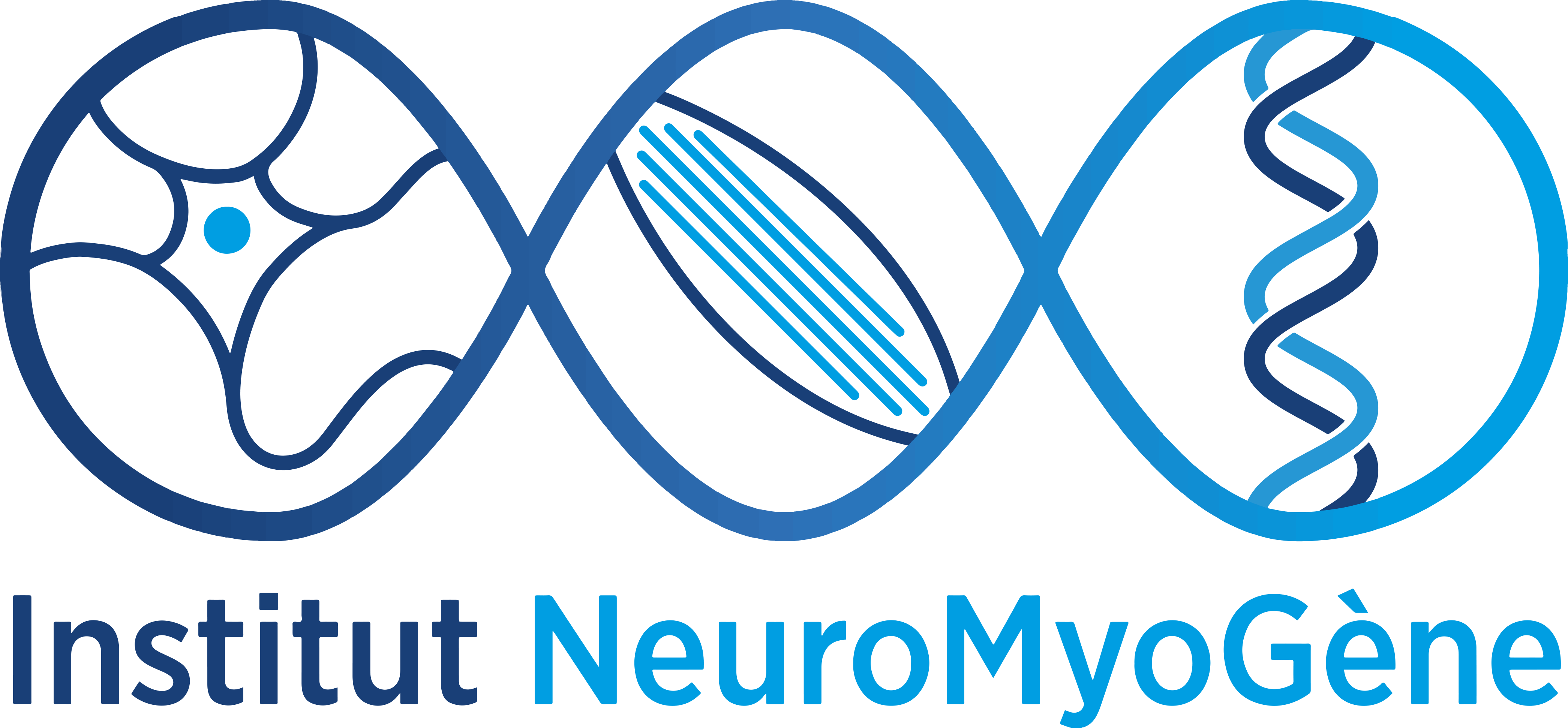Hereditary ataxias are a heterogeneous set of severely disabling neurological disorders caused by degeneration of the cerebellum and/or the spinal cord. The prevalence of hereditary ataxias is estimated to 1/20,000 individuals in Europe, and yet there are no specific treatments for most of them.
Our research focuses on understanding the pathophysiology of ataxia, discovering disease biomarkers and developing therapeutic approaches. In addition, in close collaboration with the clinicians, we are developing new diagnostics tools for cerebellar ataxia and identify novel genes causing ataxia.
We are mainly interested in two different recessive ataxias, Friedreich ataxia (FA) and autosomal recessive cerebellar ataxia 2 (ARCA2), linked to two essential mitochondrial pathways: iron-sulfur cluster (ICS) biosynthesis and coenzyme Q10 (CoQ10) biosynthesis, respectively; FA belongs to the family of trinucleotide repeat disorders, which are caused by dynamic mutations that show instability (expansion/contraction) in the germline and in selective somatic cells.
Friedreich ataxia (FA), the most common recessive ataxia, is characterized by progressive gait and limb ataxia associated with hypertrophic cardiomyopathy and an increase incidence in diabetes. The major mutation is a GAA repeat expansion within the first intron of the FXN gene. In FA, the GAA expansion leads to heterochromatinization of the locus resulting in a drastic decrease of transcription of FXN. The disease results from loss of function of FXN gene product, frataxin, a highly conserved mitochondrial protein involved in the biogenesis of ISC, which are essential protein cofactors implicated in numerous cellular functions.
The autosomal recessive cerebellar ataxia 2 (ARCA2) is characterized by cerebellar ataxia and atrophy, and is associated with exercise intolerance. Most patients present a mild deficiency in CoQ10 in muscle biopsies. ARCA2 results from mutations in the ADCK3/COQ8A gene that encodes a mitochondrial protein with a regulatory role in CoQ10 biosynthesis.
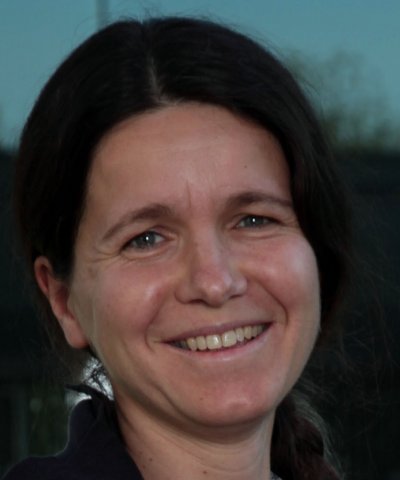
Team
- Hélène PUCCIO
SENIOR RESEARCHER INSERM, HDR - Natacha BROYER
PhD STUDENT - Maïté CARRE-PIERRAT
ENGINEER CNRS - Laure DALL’AGNOL
ENGINEER
- Andrea DEL BONDIO
POST-DOC - Debora FARINA GONCALVES
POST-DOC - Adèle HENNICK
RESEARCH ASSISTANT
- Lucie HERMET
PhD STUDENT
- Lénaïc MARCZAK
RESEARCH ASSISTANT - Deepika MOKKACHAMY CHELLAPANDI
PhD STUDENT - Valentine MOSBACH
POST-DOC - Marie PASCHAKI
ASSISTANT PROFESSOR UCBL
- Federica PILOTTO
POST-DOC - Laurence REUTENAUER
RESEARCH ASSISTANT CNRS - Emmanuelle SARZI-CAMPILLO
ASSISTANT PROFESSOR UCBL - Jessy VAN ASPEREN
POST-DOC

The current projects of the team are the following :
- Towards a better understanding of the pathophysiology of Friedreich Ataxia (FA) and Cerebellar ataxia with CoQ10 deficiency (ARCA2).
Our goals are to better define the function of the disease proteins and to decipher the cellular and molecular pathways involved in the diseases. We are studying faithful mouse, zebrafish and cell model of the diseases, using a wide range of techniques from biochemistry and Omics (transcriptomic, epigenomic, proteomic, metabolomics) to functional and behavioural analyses. - Identification and validation of biomarkers for FA and ARCA2.
We aim at investigating in a systematic manner the blood and plasma composition along disease progression in mouse models and in patients using high-throughput technics. The detection of these alterations in circulating fluids provides an opportunity to identify and establish relevant biomarkers of disease onset and progression. - Developing pre-clinical therapeutic approaches.
To pinpointing therapeutic targets, we are developing cell-based high-throughput screening (HTS) strategies, to identify novel genes, pathways or drugs targeting sophisticated readouts, specifically tailored for FA and ARCA2. We profit of our panel of in vivodisease models to validate and further assess the promising targets. In parallel, advance candidate drugs, including gene therapy approaches, are directly tested in our already established mouse models using quantitative phenotypic parameters.
Publications
- Pilotto F, M Chellapandi D, Puccio H. (2024) Omaveloxolone: a groundbreaking milestone as the first FDA-approved drug for Friedreich ataxia. Trends Mol Med. 2024 Feb;30(2):117-125
- Manolaras I, Del Bondio A, Griso O, Reutenauer L, Eisenmann A, Habermann BH, Puccio H. (2023) Mitochondrial dysfunction and calcium dysregulation in COQ8A-ataxia Purkinje neurons are rescued by CoQ10 treatment. Brain. 2023 Sep 1;146(9):3836-3850
- Belbellaa B, Reutenauer L., Monassier L., Puccio H. (2019) Correction of half the cardiomyocytes fully rescue Friedreich Ataxia mitochondrial cardiomyopathy through cell-autonomous mechanisms. Human Molecular Genetics 28(8):1274-1285
- Piguet F., de Montigny C., Vaucamps N., Reutenauer L., Eisenmann A., Puccio H. (2018) Rapid and complete reversal of sensory ataxia by gene therapy in a novel model of Friedreich ataxia. Molecular Therapy 26(8):1940-1952
- Beilschmidt L.K., Ollagnier de Choudens S., Fournier M., Sanakis I., Hograindleur M.A., Clémancey M., Blondin G., Schmucker S., Eisenmann A., Weiss A., Koebel P., Messaddeq N., Puccio H.*, Martelli A. * (2017) ISCA1 is essential for mitochondrial Fe4-S4 biogenesis in vivo. Nature Communication 8 :15124
*co-corresponding - Stefely J.#, Licitra F.#, Laredj L., Reidenbach A., Kemmerer Z., Grangeray A., Jaeg T., Minogue C., Ulbrich A., Hutchins P., Wilkerson E., Ruan Z., Aydin D., Hebert A., Guo X., Freiberger E., Reutenauer L., Jochem A., Chergova M., Johnson I., Lohman D., Rush M., Kwiecien N., Singh P.K., Schlagowski A., Floyd B., Forsman U., Sindelar P., Westphall M., Pierrel F., Zoll J., Dal Peraro M., Kannan N., Bingman C., Coon J., Isope P., Puccio H.*, Pagliarini D.* (2016) Cerebellar Ataxia and Coenzyme Q Deficiency Through Loss of Unorthodox Kinase Activity. Molecular Cell 63(4):608-20
# equal contribution * co-corresponding - Martelli A., Schmucker S., Reutenauer L., Mathieu J., Peysonnaux C., Karim K., Puy H., Galy B., Hentze M., Puccio H. (2015) Iron Regulatory Protein 1 sustains mitochondrial iron loading and function in frataxin deficiency. Cell Metabolism 21(2): 311-322
- Perdomini M, Belbellaa B, Monassier L., Reutenauer L., Messaddeq N, Cartier N., Crystal R., Aubourg P., Puccio H. (2014) Prevention and reversal of severe mitochondrial cardiomyopathy by gene therapy in a mouse model of Friedreich’s ataxia. Nature Medicine 20(5):542-7
- Colin F, Martelli A, Clémancey M, Latour JM, Gambarelli S, Zeppieri L, Birck C, Page A, Puccio H, Ollagnier de Choudens S. (2013) Mammalian Frataxin Controls Sulfur Production and Iron Entry during de Novo Fe(4)S(4) Cluster Assembly. J Am Chem Soc. 135(2):733-40
- Hick A, Wattenhofer-Donzé M, Chintawar S, Tropel P, Simard JP, Vaucamps N, Gall D, Lambot L, André C, Reutenauer L, Rai M, Teletin M, Messaddeq N, Schiffmann SN, Viville S, Pearson CE, Pandolfo M, Puccio HM. (2012) Neurons and cardiomyocytes derived from induced pluripotent stem cell as a model for mitochondrial defects in Friedreich’s ataxia. Disease Models and Mechanisms 6(3):608-21
Job Offers
If you are interested in joining our laboratory, please contact Hélène PUCCIO.
Fundings
- AFAF 2024-2026 – “Deciphering the neurodevelopmental component in Friedreich Ataxia“
- Fondation NeuroDis 2023-2025 – “Deciphering the neurodevelopmental component in Friedreich Ataxia”
- AFM projet stratégique 2022-2026 – “MyoNeurAlp II”
- ANR 2022-2025 – “TREATCOQ”
- FRM 2021-2025 – “AtaxiaXplorer – Common pathways underlying Purkinje neuron degeneration in Cerebellar Ataxias”
- EJPRD 2021-2025 – “TREAT-ARCA – Designing a toolbox of paradigmatic treatments for a targeted molecular medicine approach to autosomal-recessive ataxias”
- FARA 2021-2024 – “Defining the therapeutic window and threshold for neuronal gene therapy in Friedreich Ataxia”
- EndFA 2023-2026 (F Pilotto) – “Investigating how cerebellar neuronal activity and connectivity dysfunction contribute to FA pathology
- MSCA Postdoc. Fellowship 2024-2026 (A Del Bondio) – “Cerebellar ataxia spatiotemporal transcriptomics atlas”
- MSCA Postdoc. Fellowship 2023-2025 (J Van Asperen) – “Glial-neuron crosstalk in the regulation of neurofilament dynamics”
- FARA Postdoc. Fellowship 2024-2026 (V Mosbach) – “Investigating FA physiopathology in human iPSC-derived DRG organoïds”
- FRM 4th year PhD Fellowship 2023-2024 (D Chellapandi) – “Identification of Dysregulated Molecular Pathways in Frataxin deficient Proprioceptive Neurons”
- FARA PhD Fellowship 2023-2026 (L Hermet) – “Deciphering the neurodevelopmental component in Friedreich Ataxia”
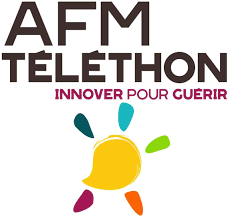
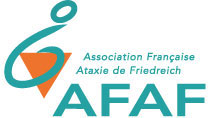

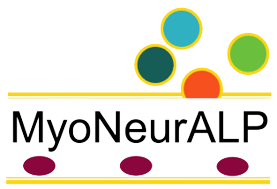
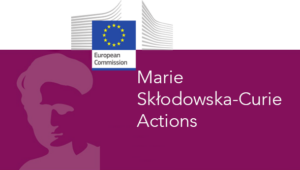
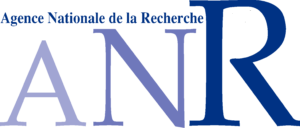
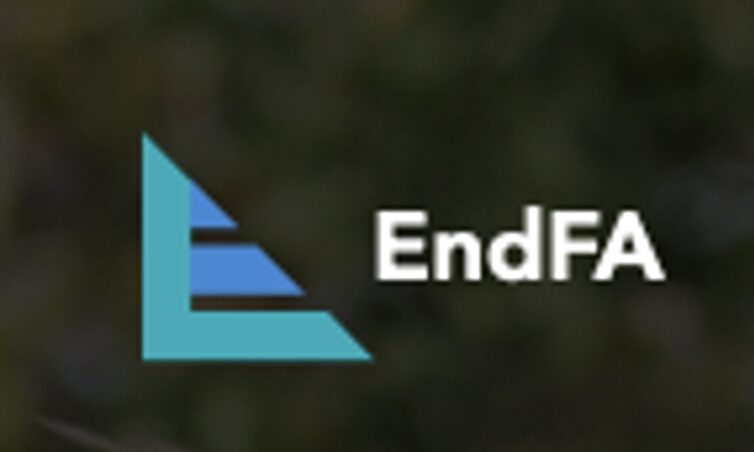




Address
Institut NeuroMyoGène
UCBL – CNRS UMR 5310 – INSERM U1217
Faculté de Médecine et de Pharmacie
3rd floor – Corridor AB
8 avenue Rockefeller
69008 Lyon
France

